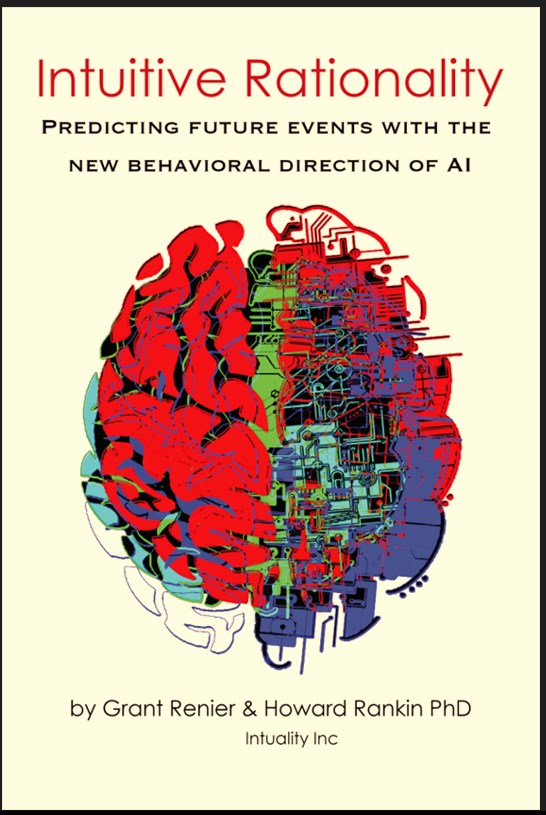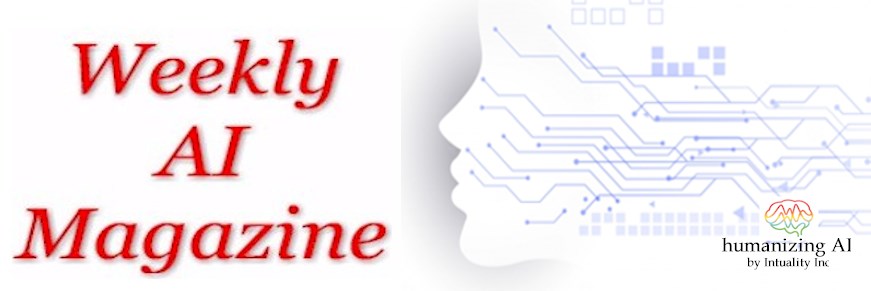
October 21, 2022
Sherlock's Fast & Frugal Trap, by Howard Rankin
Fast & Frugal decision making is an innate mental ability, by Michael Hentschel
Programming Fast & Frugal versus the deep dive, by Grant Renier
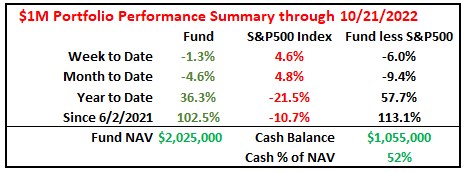
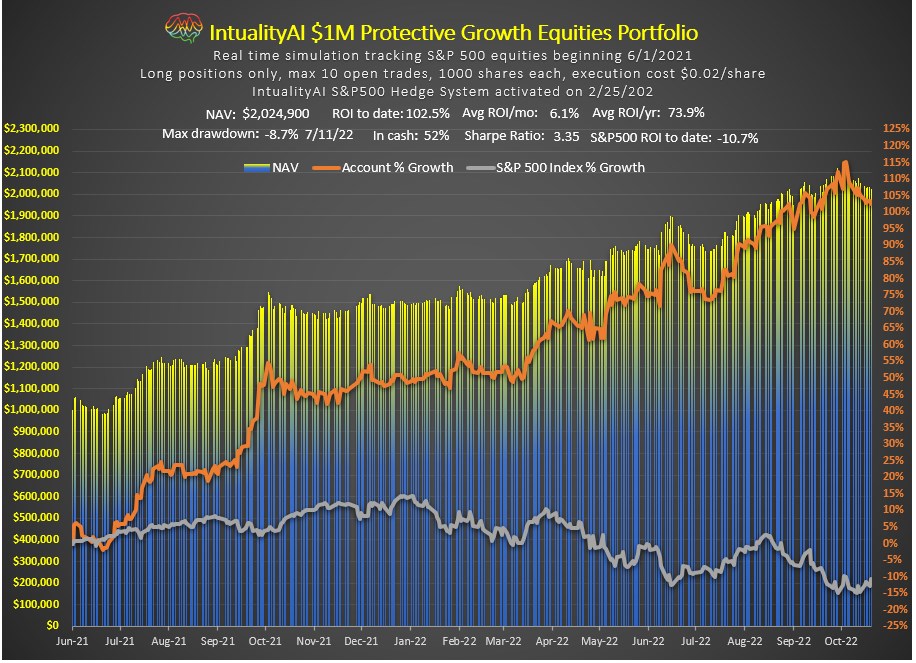
Sherlock's Fast & Frugal Trap
“Where would you like to eat tonight, Sherlock?” Watson asked.
“I have no mind on it. Wherever you choose my dear Watson.”
There was a brief pause and then Watson pronounced again.
“Sherlock, for a man of your considerable intelligence and investigative skills, how can you be so thoughtless about such matters as where to dine?”
“It’s precisely because I am such a critical thinker that I can be so dismissive of minor matters. As I have told you before, you cannot overload the brain attic, nor can you misuse the limited energy available to the brain, and waste it on insignificant matters.”

The fast and frugal thinking concept refers to the fact that we have limited energy, and the brain uses about 25% of it. We cannot do a deep dive, critical analysis of everything – it would be exhausting, if even possible. It is therefore an adaptive strategy to be fast and frugal over insignificant issues. This becomes a problem, and a “bias” when such thinking becomes habitual and serious matters of consequence are not given the serious attention they deserve and need. On the other hand, when limited fast and frugal thinking becomes the norm, there’s a serious threat to critical thinking that can have disastrous consequences.
The vast majority of our thinking (estimated to be at least 95%) is fast and frugal and it needs to be. However, the real risk is that we combine it with confirmation and other biases to simply justify our ideas, opinions and decisions. You’re not going to change your mind based on fast and frugal thinking, quite the opposite – you will use it to reinforce your views. Humans are story-tellers who can justify and rationalize anything, and fast and frugal thinking is one of the key ways in which that cognitive conservatism is maintained.
by Howard Rankin PhD, psychologist and cognitive neuroscientist
Fast & Frugal decision making is an innate mental ability
The COVID Wars were by necessity begun with Fast & Frugal responses that needed continual adjustment: From vaccines to masks to lockdowns, initial decisions involved insufficient time, inadequate data, and a series of rational and irrational decisions. Objective data and intuition were both essential. Even precedent data and experience involved probabilities and uncertainties that repeatedly revised science as we perceive it. Unfortunately, AI today is not yet able to resolve the chaos of a globally-scaled disaster of this type, but COVID shows us a direction, and there are many developing sectors where AI is beginning to become exceedingly helpful and profitable.
Deliberate & Deep (previously Slow & Costly) analysis becomes available with high-efficiency machine technology: We humans find Fast & Frugal expedient, and while our minds can achieve remarkable
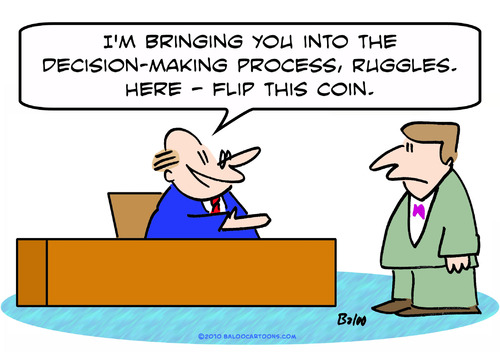
intuitive correctness, shortcuts expose us to excessive probability-risk and premature false conclusions. We want to train machine AI to process all data optimally, but also the way we do: with wisdom. To replicate and even automate beneficial results over time, we want a humanized AI that adapts continually to changing knowledge.
Humanized AI combines the best available way to analyze and predict markets and other human events: by tracking the best decision processes of both human and machine, we combine “soft” intuitive rationality and “hard” machine rationality. The intention is that Humanized AI establishes a softer probability-based decision system with hard data analysis. This brings the knowledge of both information-processing agents together, into a softer relationship that allows for the fuzzy uncertainty of the real world. Humanized AI predictions are proving superior to human or machine predictions alone.
Neither Soft Intuitive Decisions nor Hard Data Decisions can guarantee optimal outcomes: Both types of decisions are looking for enhanced probabilities of wisdom and correctness. Intuition is usually incomplete or irrational. Hard data is often incomplete or even false. Even a full combination of all available knowledge at any particular moment faces continual probability and improbability of any desired outcome. And once the moment passes, a systematic framework of awareness of changes over time recognizes new information patterns for well-informed adaptive decisions going forward. Ideally all this is continually available with Fast & Frugal efficiency.
Humanized AI employs Intuitive Rationality in a continual system of predictive analytics. Ultimate decisions must be adaptive to changing reality and adaptive to changing human perceptions at the same time. Humanized AI takes any historical data series and predicts up to 150 future data points with continual reforecasts as new actual data points or events occur. It can even track correlations between data series that are not previously known to be correlated, as our machines look at data sources more widely. Humanized AI will help us, we can’t do it alone.
by Michael Hentschel, Yale and Kellogg anthropologist, economist, venture capitalist
Programming Fast & Frugal versus the deep dive
Gerd Gigerenzer coined the term 'fast and frugal' to represent the logic we follow in making well-over 95% of the our daily decisions. Once we have a brief sense of future probabilities, we like to go with the quick and easy - fast and frugal. We often lack the time to consider all alternatives. Gigerenzer says we 'Take the Best'. Our humanized AI approach says 'give-me-the-best'. Like us, it tends not to 'dither around' and considers only a small set of future alternatives and saves lots of processing time.
The obvious question is how successful is this process of decision making. Gigerenzer and Peter Todd, of the ABC Research Group, published "Simple Heuristics That Make Us Smart". In the paper, they reported the results of applying the fast and frugal decision-making process to predict a wide range of applications: Tour de France cycling winners, average attractiveness of famous men and women, Chicago high school dropout rates, homeless in 50 U.S. cities, the mortality rate in 20 U.S. cities given pollution levels, populations of 83 German cities, selling prices of 22 Erie, PA, homes, rent per acre in Minnesota, professor salaries in midwestern colleges, automobile accident rates, fuel consumption per person in the U.S., Fatness of 18 year-olds, number of eggs in arctic charr, and lots more. The fast and frugal results were compared to those where standard mathematical tools were used to make predictions.
The results were surprising. The chart at the right shows how the fast and frugal (Take-the-Best) process - the square points - compared to the mathematical tools (tallying and multiple regression) - the diamond and circle points. The left end of each line shows the number
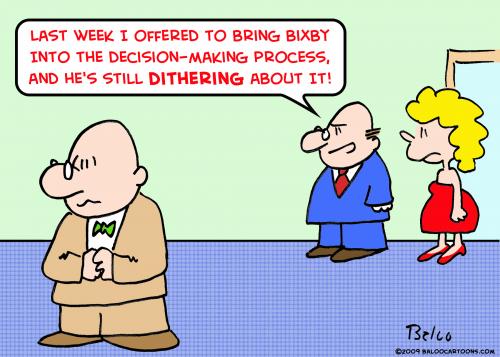
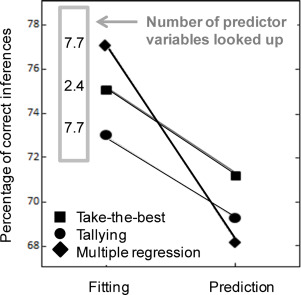
of data points (variables) used to make the predictions. The right end of each line shows the results the predictions (correct inferences). The fast and frugal method outperformed the mathematics process, both in the amount of data needed to make the predictions, and the final prediction success.
How does this translate to humanized AI. As we mentioned before, humanized AI must simulate human behavior to compete successfully in our real world. That includes using the same processes to make decisions and take action. While it must also simulate the hard work of human consciousness data crunching, it must balance that work between the 95% human fast and frugaling, and the 5% mathematical stuff.
by Grant Renier, engineer, mathematician, behavioral scientist, economist
